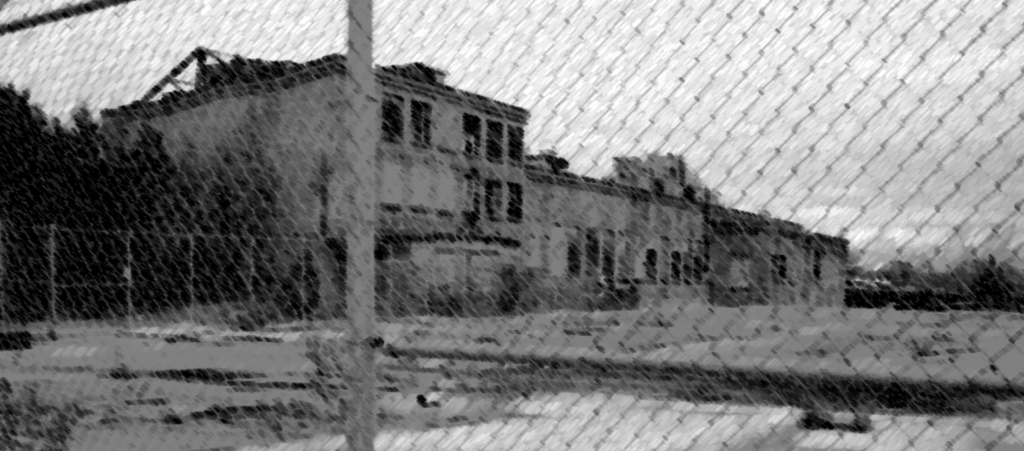
The management of brownfields continues to be an important issue for Canadians eager to clean up the tens of thousands of polluted sites across the country and to reap the socio-economic benefits of their reuse. While risks and liabilities associated with contamination severely impeded cleanup in the 1980s and 1990s, legal and procedural efforts introduced in the 2000s sought to support reuse. Many of these efforts were guided by an influential report published in 2003 by the National Round Table on the Environment and the Economy (NRTEE) entitled A National Brownfield Redevelopment Strategy for Canada that outlined the sustainability-oriented benefits associated with brownfields redevelopment, along with its key financial, regulatory, and political challenges. The strategy also put forward a “blueprint for action” with fourteen recommendations that advocated for public investment to address remediation and redevelopment costs, an effective public policy regime to manage liability and risk, and raising community awareness of the brownfields issue.
To honor the 15th anniversary of this influential report, the Canadian Brownfields Network (CBN) along with researchers from Ryerson University coordinated a multifaceted review to explore policy in different parts of the country, assess progress made towards achieving the NRTEE’s recommendations, identify current challenges, and recommend a path forward. This review consisted of the following three initiatives carried out between January and June 2018:
Supervising the preparation of a comprehensive review of federal and provincial brownfield policies and programs by a group of undergraduate urban planning students;
Funding and aiding in the design and administration of a comprehensive national survey of brownfield practitioners to assess the current state of the brownfields issue and progress made towards achieving the NRTEE’s recommendations; and
Organizing a National Brownfield Summit where practitioners from across the country could reflect on the findings of the previous two initiatives and make recommendations for moving the brownfields issue forward.
The present report summarizes the results of the initiatives above, providing an assessment of the current “state of the field” and recommendations for moving the issue forward.
